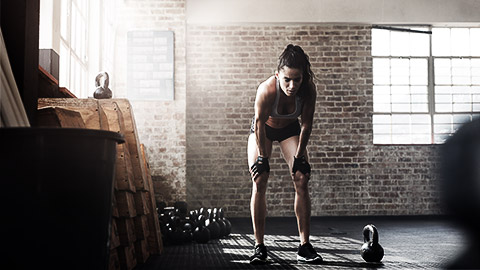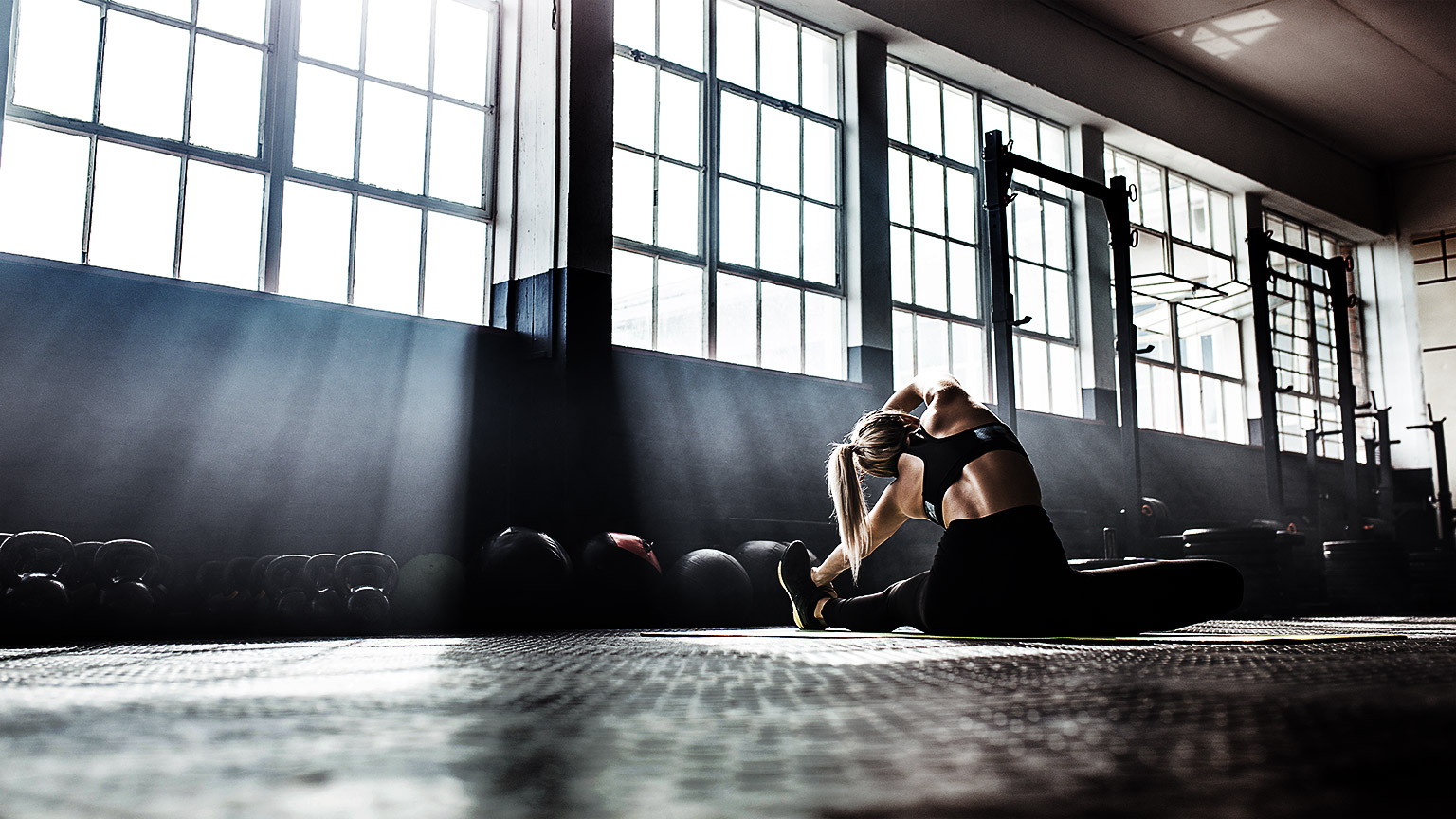The Exercise Association of New Zealand (ExerciseNZ) and the World Health Organisation (WHO) have identified that physical inactivity is one of the major precursors to many non-communicable diseases (NCDs).
A lack of exercise increases the risk of NCDs by 20-30% and every year, 830,000 deaths can be attributed to insufficient physical activity globally (World Health Organization, 2022).
Examples of NCDs include cardiovascular disease, cancer, chronic respiratory disease, and diabetes.
Cardiovascular disease
Cancers
Chronic
respiratory disease
Diabetes
An NCD is not infectious. You don’t catch cancer like you would the flu. You cannot spread a heart attack or diabetes. Genetic, physiological, environmental, and behavioural factors all influence the likelihood of developing an NCD. And while we cannot change genetics, we can modify behavioural risk (World Health Organization, 2022a).
Lifestyle has a significant impact on the rates of these diseases.
4 risk factors cause 4 diseases that cause 90% of premature deaths.AIA New Zealand, 2019
These 4 risk factors are:
- Unhealthy diet
- Tobacco use
- Harmful use of alcohol
- Insufficient physical activity (AIA New Zealand, 2019)
What do the stats tell us?
Globally, one in four adults do not do enough physical activity. Of adolescents – 81% do not move their bodies enough (World Health Organization, 2022).
The Physical Activity Profile 2022 by WHO provides specifics for New Zealand.
How do you get people moving?
Watch the 1News interview with Richard Beddie and Hadleigh Pouesi, where they discuss how New Zealanders compare and how to improve our nation’s engagement with physical activity.
A key takeaway from the interview is that elite (or competitive) sport and participation in physical activity are not implicitly linked. Sport is generally competitive and while competition can be motivating for some, it is demotivating for others.
Beddie and Pouesi emphasize that we need to help people, especially young people, discover the fun that can be had in physical activity. It’s about (re)finding the thing that gives you joy and engaging in unstructured play. To improve participation in physical activity, we need to make it relevant and enjoyable.
Global status report
Beddie and Pouesi are responding to the global status report. This is a report on how we are tracking against the policy areas and recommendations set by WHO in the Global Action Plan on Physical Activity (GAPPA) 2018-2030. The GAPPA sets out four policy areas for countries to adapt to improve physical activity.
| Active Societies |
Inform, motivate, and engage the population through sustained, community-wide communication campaigns. |
|---|---|
| Active Environments |
Promote safe, well-maintained infrastructure, facilities, and public open spaces that provide equitable access to places for walking, cycling and other physical activity. |
| Active People |
Ensure access to opportunities, programmes, and services across multiple settings to engage people of all ages and abilities in regular physical activity |
| Active Systems |
Strengthen leadership, governance, multi-sectoral partnerships, research, advocacy, and information systems to support effective coordinated policy implementation. |
Read the Executive Summary (pages vii to xiii) of the global status report and answer the questions that follow.
Now let’s look at New Zealand specifically. Read the New Zealand profile and answer the following:
Take a moment to consider these open questions.
- If you were responsible for increasing physical activity in New Zealand, what would you invest in? What programmes or policies would you create?
- How does creating a safe environment for pedestrians and cyclists increase physical activity?
- What campaigns are you aware of to increase physical activity?
- Do you participate in community fitness programmes? If so, what do you enjoy about them?
This is a great opportunity to share your reflections with your peers. Post a response to these questions in the forum. Read responses from your peers and respond to at least one other person’s post.
If you were around in the late 1990s you might remember a hugely successful campaign to get New Zealanders active. It was called Push Play and the message was to push play for 30 minutes a day. Sport New Zealand | Ihi Aotearoa has launched a new campaign to push play – again. But this time, the coaches are a little younger. Check it out.
The benefits of being physically active
Encouraging people to be physically active has significant health benefits. Regular physical activity improves:
- Muscular and cardiorespiratory fitness
- Bone and functional health
- Mental wellbeing
- Cognitive outcomes (thinking, learning, and judgement skills)
- Sleep
It reduces the risk of:
- Hypertension
- Coronary heart disease
- Stroke
- Diabetes
- Some types of cancer, including breast and colon cancers
- Depression
- Falls, hip and vertebral fractures (World Health Organization, 2022)
Good for your metabolism
Good for your
muscles, joints, and bones
good for your
overall quality of life
Good for your brain
Good for your heart
(AIA New Zealand, 2019)
How does your typical week compare to the guidelines on physical activity and sedentary behaviour? Use the following definitions to answer the questions that follow.
| Aerobic physical activity | ‘Activity in which the body’s large muscles move in a rhythmic manner for a sustained period of time. Aerobic activity – also called endurance activity – improves cardiorespiratory fitness. Examples include walking, running, swimming, and bicycling.’ |
| Muscle-strengthening activity | ‘Physical activity and exercise that increase skeletal muscle strength, power, endurance, and mass (e.g. strength training, resistance training, or muscular strength and endurance exercises).’ |
| Sedentary behaviour | ‘Any waking behaviour characterized by an energy expenditure of 1.5 METS or lower while sitting, reclining, or lying. Most desk-based office work, driving a car, and watching television are examples of sedentary behaviours; these can also apply to those unable to stand, such as wheelchair users.’ |
(World Health Organization, 2020)
In this video, you'll hear from Justin, Riaan, and Davy, 3 of our Sports Tutors.
If you cannot see the video below, click the box that says "Click to sign in and play video". This will automatically log you into our video-sharing app so you can view the video in NZIS online. If you are experiencing issues, make sure pop-ups are always allowed from https://uponline.education. This can be amended in your taskbar or browser settings.
Being a personal trainer is all about connecting with your clients. You’re supporting them through tough times and celebrating wins.

Dealing with the tough times
When you study to be a personal trainer, you too will go through tough times and wins. It’s a field dedicated to growth and part of that is giving and receiving feedback. Feedback can be confronting. Putting yourself out there to receive feedback can make you feel vulnerable. These are very valid feelings.
It’s important to create a safe space where you encourage and support your peers. It can also be helpful to build resilience. This allows you to respond in a positive way to feedback, recognising that it is crucial for a growth mindset. Build a community of continuous improvement – ask for and welcome feedback.
Building resilience will be helpful when it comes time to seek employment or grow your own personal training business. You’ll need to take risks to grow your business and build your client database. Hopefully, these risks will be met with great rewards, but it is also possible that there will be hurdles along the way.
Resilience is the capacity to recover from adversity
Adversity is a hardship – a state of serious or continued difficulty. How we approach these hardships determines if we become stronger, more resilient, and thrive when obstacles come up.
Those with resilience often have an easier time facing challenges simply because they will persevere.
Seeing setbacks as opportunities for growth makes you more prepared to deal with them. You’ll be encouraged to seek out challenges because you know they will move you forwards.
The good news is that resilience isn’t a fixed personality trait; we’re not born with a set amount of it.Sandberg, 2017
Building resilience takes time. All our experiences can either help develop our resilience, or knock it back. Either way our capacity to face adversity is continually changing.
Dr Lucy Hone is a director of the New Zealand Institute of Wellbeing & Resilience. Watch the video to hear how she coped with loss and her three key strategies for building resilience. Content warning: The following video contains sensitive content about the loss of a child. You do not have to watch.
Dr Hone’s key strategies for building resilience:
- Understand the suffering is part of life
- Tune into the good
- Ask yourself, ‘Is this helping or harming me?’ (Hone, 2020)
Take a moment to reflect on your own resilience and adversity that you have faced. What is one thing you can do to grow your resilience?
